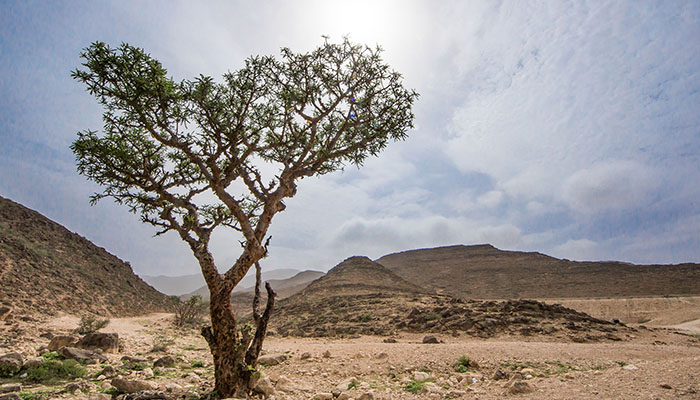
The Bat settlements are among the most fascinating archaeological sites in Oman, famous for their ancient beehive tombs and cemeteries made from stone. The site is believed to go back to the third millennium BC. The tombs are one of many UNESCO World Heritage Sites located in Oman, and are found near Ibri in the Governorate of Dhahirah. “The vast necropolis at Bat includes different clusters of monumental tombs that can be divided into two distinct groups,” said UNESCO.
According to UNESCO, "The vast necropolis at Bat includes different clusters of monumental tombs that can be divided into two distinct groups. The first group is Hafit-period “beehive” tombs located on the top of the rocky slopes surrounding Bat, while the second group extends over a river terrace and includes more than a hundred dry-stone cairn tombs. Another important group of beehive tombs is located at Qubur Juhhal at al-Ayn, 22 km east-southeast of Bat. Most of these tombs are small, single-chambered, round tombs with dry masonry walls dating to the beginning of the 3rd millennium BCE. Others are more elaborate, bigger, multi-chambered tombs from the second half of the 3rdrd millennium BCE."
The archaeological sites of Bat, al-Khutm and al-Ayn encompass the most unique ensemble of 4000-5000 year-old burial monuments, towers, and remains of settlement in the Arabian Peninsula, representing an extraordinary example of the unique response of the ancient people of Oman to the pressures of an increasing population and to the input from contacts with other civilizations.
Oman’s Ministry of Tourism added: “A must-see attraction in the A’Dhahirah region, the Al Ayn and Bat Beehive Tombs are not only recognised as a UNESCO World Heritage Site, but also boast the title of the most complete collection of necropolises and settlements in the world, dating back to the 3rd millennium BC.
“More than 100 tombs stand definitely on the hilltops of Northern Oman, all shaped like beehives. Little is known about the tombs, or the culture that constructed them, but they are thought to date from 3000 to 2000 BCE,” added the ministry. “All together they form one of the largest protohistoric necropolises in the world.
It is a bit difficult to spot the tombs at first, since they merge harmoniously with the hills they were built on, but upon closer inspection they are easily spotted. The tombs are arranged in three main clusters, the one in Bat, which is arguably the most famous, as well as the sites of Al-Ayn and Al-Khutm.